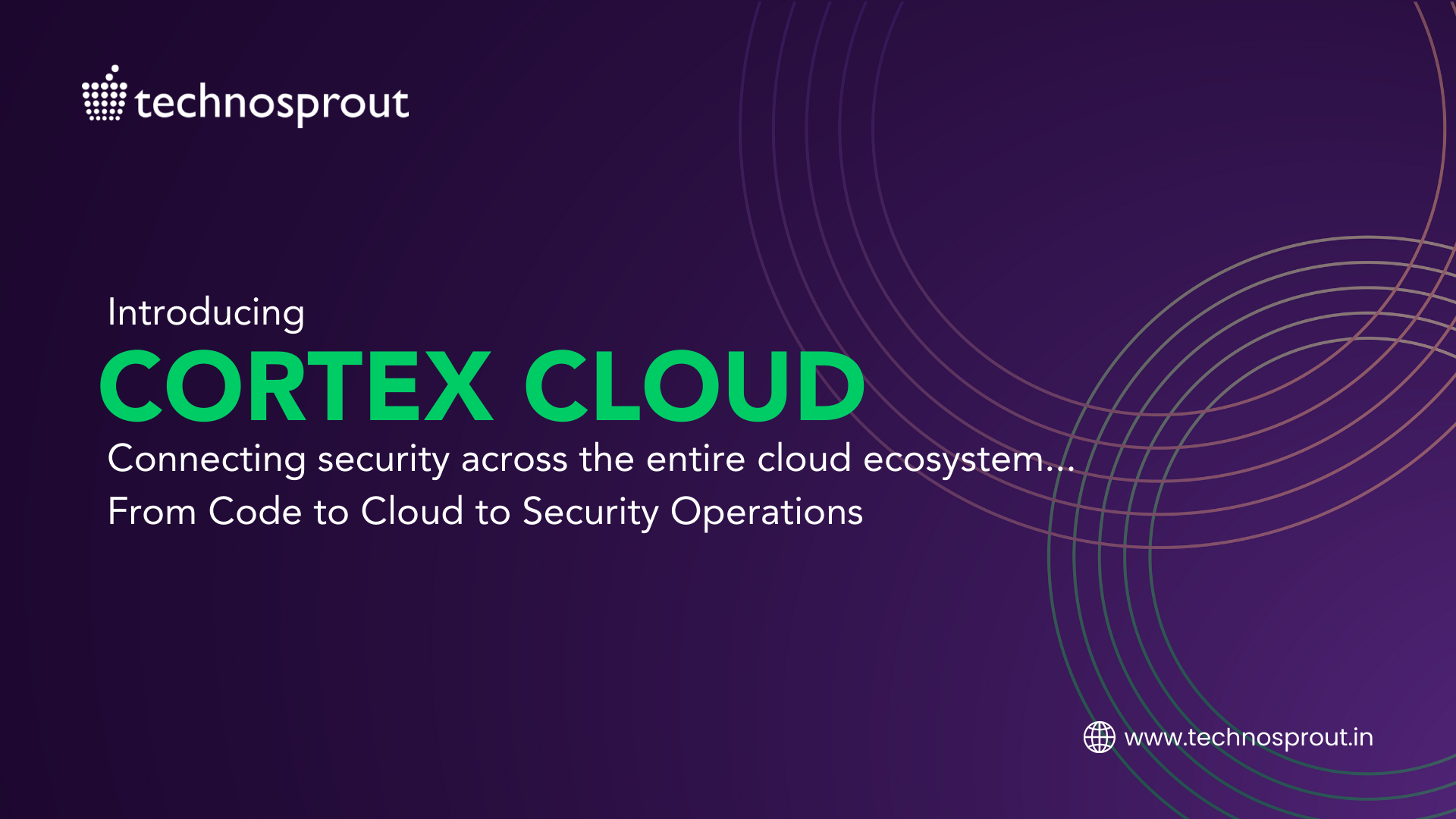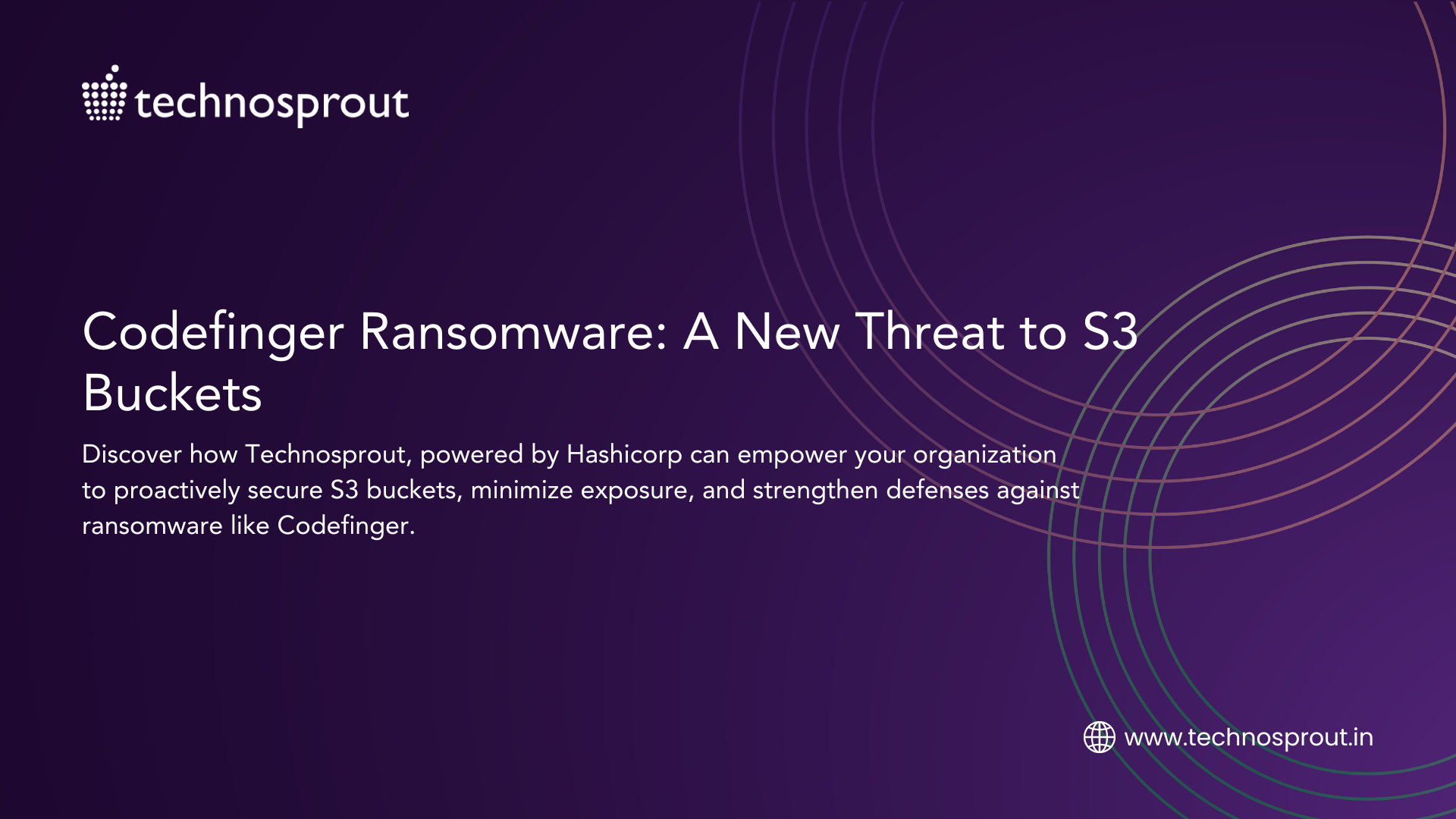Why Stronger Authentication is Essential
“Treat your passwords like your toothbrush. Don’t let anyone else use it and get a new one every six months.”
— Clifford Stoll, American astronomer and author
Passwords have long been a critical layer in the security architecture of digital systems. However, relying solely on passwords has become increasingly risky. In today’s threat landscape, credentials are among the most frequently targeted assets by cybercriminals, making password breaches a leading cause of data loss, application misuse, and even corporate espionage.
A compromised password can grant intruders unfettered access to sensitive information, wreaking havoc on an organization’s security posture. Traditional password-based authentication mechanisms fall short in the face of modern attack techniques like credential theft, phishing, and social engineering. As a result, businesses can no longer depend on passwords alone to safeguard their data.
This is where Multifactor Authentication (MFA) comes in, adding a robust layer of defense by requiring multiple forms of verification to prove the authenticity of users attempting to access systems, networks, and applications. By implementing Multifactor Authentication (MFA), organizations can mitigate risks and ensure that only legitimate users gain access to their most critical assets.
Understanding Multifactor Authentication (MFA) and Its Impact
Consider a common use case in everyday life: online banking transactions. When making a payment, a bank will first ask for card details, followed by a CVV number, and then an OTP (One-Time Password). This multi-step process might further require a grid-based code from the back of the debit card. If any single authentication factor is compromised, the transaction still requires multiple layers of validation, making it difficult for malicious actors to gain access. Without Multifactor Authentication (MFA), relying solely on one layer (e.g., OTP or CVV) would significantly increase the chances of misuse.
Similarly, organizations that implement Multifactor Authentication (MFA) can drastically improve their security posture by ensuring that a single point of failure (such as a stolen password) does not result in unauthorized access.
Why Multifactor Authentication (MFA) is Critical for Modern Organizations
Traditionally, Multi-factor Authentication was used primarily to secure administrative access to critical systems, such as Active Directory, network devices, and databases. However, this limited scope is no longer adequate in today’s complex IT environment. Here’s why Multifactor Authentication (MFA) is indispensable:
- Increasing Sophistication of Attacks: Cyberattacks have become more sophisticated, targeting not only high-privilege accounts but also regular user identities. Any compromised account, irrespective of its privilege level, can act as a launching pad for further attacks.
- Proliferation of Cloud Applications: With the growing use of SaaS applications, DevOps toolchains, and hybrid cloud resources, the surface area for potential attacks has expanded significantly. Each application and service endpoint is a potential entry point for attackers, making Multifactor Authentication (MFA) a critical safeguard for every type of access.
- Remote and Hybrid Work Models: The rise of remote and hybrid work has increased the need for robust security mechanisms. Employees access corporate systems from various locations, devices, and networks, making it difficult to secure every access point without a Multifactor Authentication (MFA) mechanism in place.
- Regulatory Compliance: Regulatory frameworks like GDPR, HIPAA, and others often mandate Multifactor Authentication (MFA) to secure sensitive data. Non-compliance can lead to hefty fines and damage an organization’s reputation.
How Multifactor Authentication (MFA) Secures Against Identity-Based Threats
Multifactor Authentication(MFA) adds several layers of security that go beyond simple password-based authentication. Let’s explore how it mitigates common threats:
1. Protection Against Stolen Passwords
With the prevalence of credential theft, stolen passwords have become a significant concern. Whether through phishing, brute-force attacks, or password dumps on the dark web, attackers can easily obtain login credentials. Multifactor Authentication (MFA) ensures that even if a password is compromised, additional layers of verification (e.g., biometrics, OTPs, or security tokens) are required to access the system. This significantly reduces the chances of a successful account takeover.
2. Mitigating the Risks of Weak Passwords
Weak or reused passwords continue to pose a serious risk to organizations. Employees often choose simple passwords for convenience, making it easier for attackers to gain access using techniques like dictionary attacks. With Multifactor Authentication (MFA) in place, the reliance on the strength of a single password is diminished, as multiple authentication factors must be validated before granting access.
3. Securing Unmanaged Devices and Unsecured Networks
Employees frequently use personal devices or connect from unsecured networks when working remotely. This increases the risk of malware infections and data interception. Multifactor Authentication (MFA) provides a secure method to authenticate users regardless of their device or network, ensuring that compromised devices or connections do not lead to unauthorized access.
4. Guarding Against Insider Threats and Third-Party Risks
MFA is equally effective in mitigating risks associated with insider threats or compromised third-party accounts. By implementing robust authentication mechanisms, organizations can ensure that any suspicious activity — such as accessing systems at odd hours or from unusual locations — triggers additional verification steps.
Key Benefits of Implementing Multifactor Authentication (MFA)
- Enhanced Security Posture: Multifactor Authentication (MFA) strengthens security by adding layers of defense beyond just passwords.
- Reduced Risk of Unauthorized Access: Mitigates the impact of compromised passwords, weak passwords, and stolen credentials.
- Improved Compliance: Helps meet regulatory requirements for secure access control.
- Adaptability and Flexibility: Supports various authentication methods, such as biometrics, OTPs, and adaptive authentication based on context.
How can Technosprout help your organization?
Implementing Multi-factor Authentication (MFA) is a critical step towards building a resilient access management framework. It provides a higher level of assurance that users are who they claim to be, significantly reducing the risk of unauthorized access to sensitive data and systems. By requiring multiple forms of verification, Multifactor Authentication (MFA) strengthens an organization’s defenses against identity-based threats and establishes a robust foundation for secure identity management in a modern IT environment.
With Multifactor Authentication (MFA) in place, organizations can protect themselves from the evolving threat landscape and ensure that their data and resources are accessed only by legitimate users, thereby fortifying their overall security posture.
Amidst a myriad of MSSP options in the market, why opt for Technosprout? How can we help? What sets us apart?
Achieving cyber confidence begins with a solid strategy and governance. Technosprout leverages an “Assess, Design, Implement and Manage” four-pronged approach that leads organizations methodically through business transformation throughout the lifecycle
Our managed security services provide customized, comprehensive solutions, addressing specific business needs strategically along with the best certified experts and an experience of 7+ years in the market.
Don’t let your organization be the next target. Empower your organization and secure your identity. We help implement and manage your complete Identity Access Management partnering with CyberArk for complete risk mitigation. Strengthen your Identity Access management with CyberArk and Technosprout Managed Services.
Contact Technosprout!





